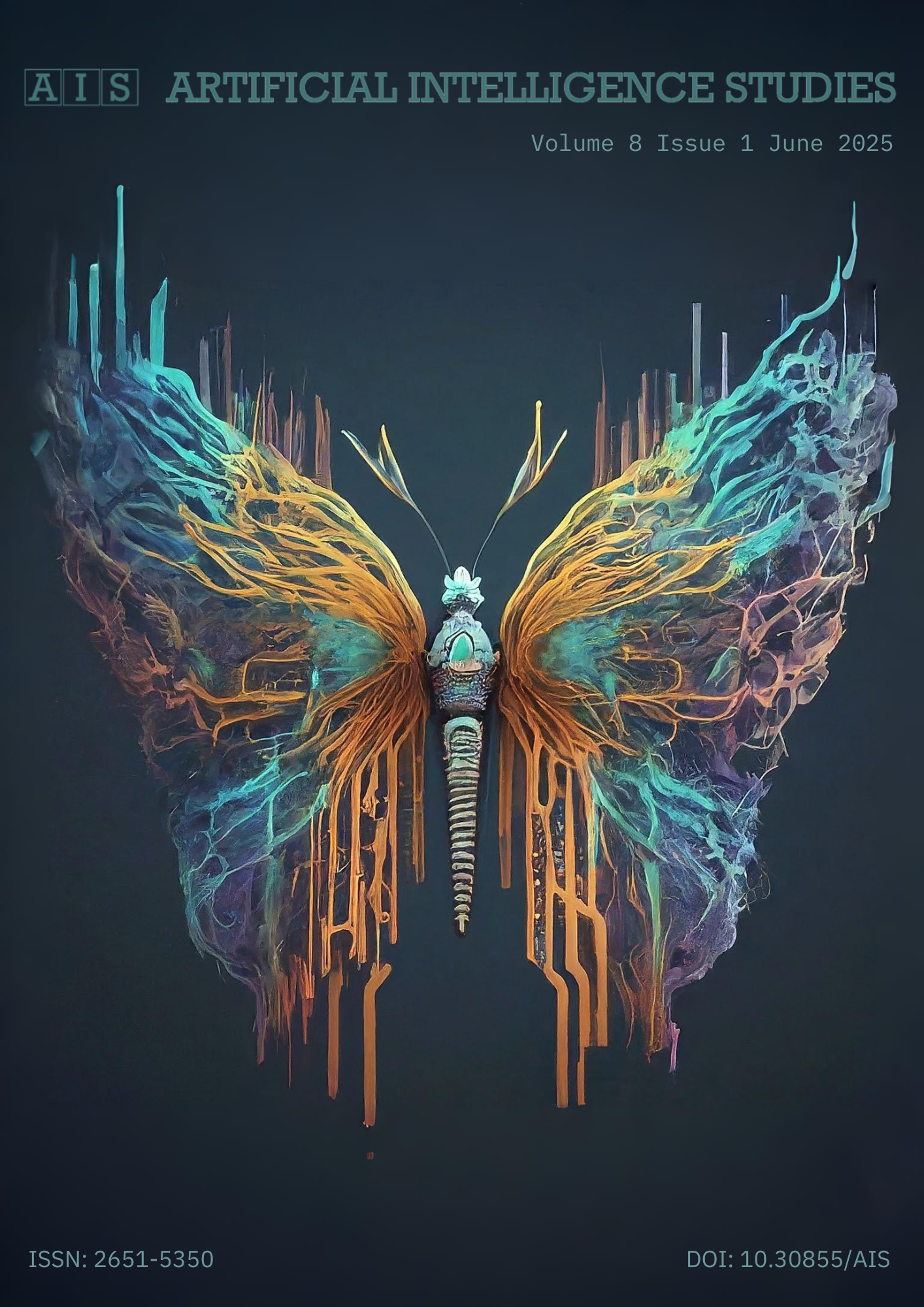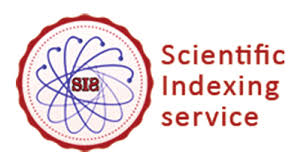AI-Guided Optimal Trajectory Selection in Stereotactic Brain Biopsy
DOI:
https://doi.org/10.30855/ais.2025.08.01.01Keywords:
Brain biopsy, Risk factor, Vascular network, Computer-aided tumor detectionAbstract
In this study, a new Stereotactic Brain Biopsy System is introduced that enables the biopsy procedure to be conducted in a single session, in contrast to traditional methods requiring two separate sessions. The proposed system comprises two fully automated stages: imaging and planning. The imaging stage involves acquiring MRI and MRA data, while the planning stage automatically calculates the trajectory with the lowest risk score (Entry-Target axis). The target point is determined as the tumor's center, and candidate entry points are defined within a circle centered on the nearest entry point to the target. The system introduces a unique trajectory risk score calculation methodology, considering both geometric and structural risk factors. Geometric risk is assessed based on trajectory length, skull bone thickness, and alignment with the tumor's primary axis, whereas structural risk concerns the trajectory's proximity to independent brain structures. Consequently, automatic segmentation of these brain structures (e.g., vascular tree, ventricles, and functional areas) is necessary. Several features differentiate the proposed biopsy system from existing ones: incorporation of skull thickness information in trajectory detection, provision of objective software output for subjective evaluations during planning, implementation of an innovative risk score approach, adoption of cutting-edge artificial intelligence architectures, elimination of steps typical in classical biopsy (such as MRI-CT registration, visible anatomical structure detection, and verification), and the capacity to perform the biopsy in a single session. The system is intended to be integrated as an extension into the 3D Slicer software and shared with the scientific community in the future.
Downloads
Published
How to Cite
Issue
Section
License
Copyright (c) 2025 Artificial Intelligence Studies

This work is licensed under a Creative Commons Attribution-NonCommercial 4.0 International License.
Artificial Intelligence Studies (AIS) publishes open access articles under a Creative Commons Attribution 4.0 International License (CC BY). This license permits user to freely share (copy, distribute and transmit) and adapt the contribution including for commercial purposes, as long as the author is properly attributed.

For all licenses mentioned above, authors can retain copyright and all publication rights without restriction.











